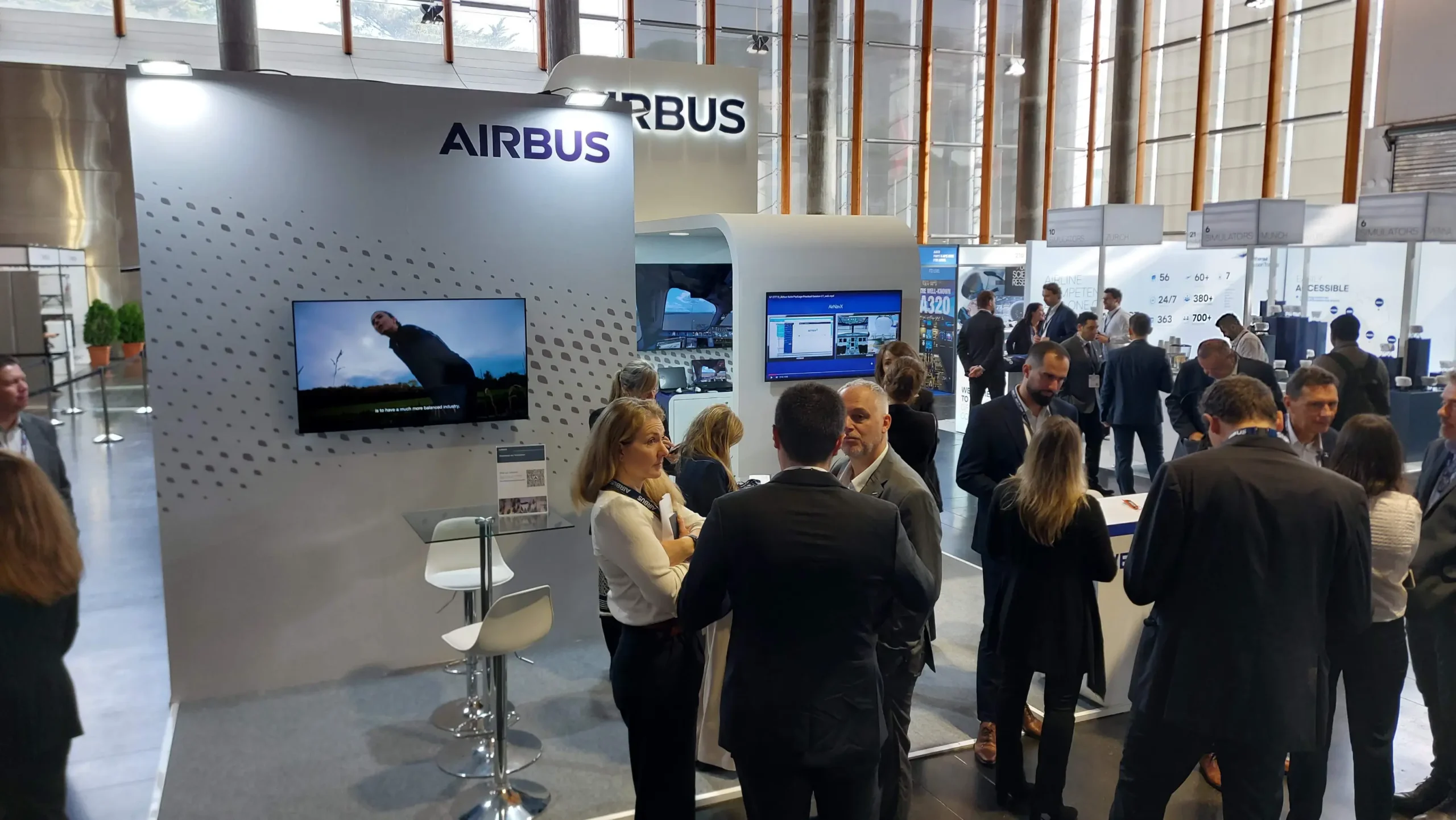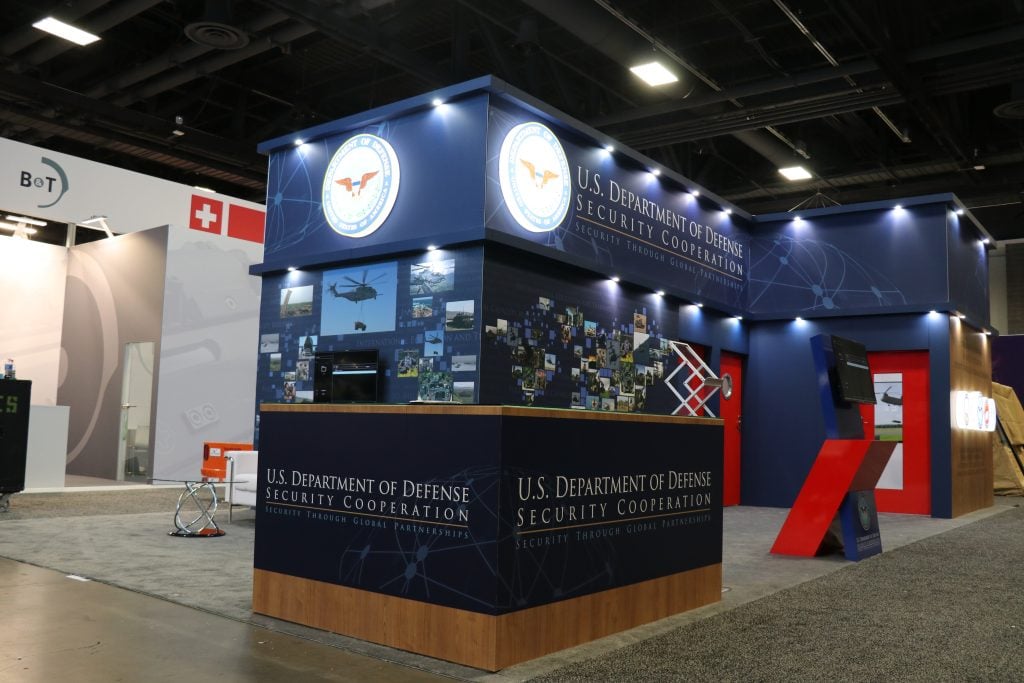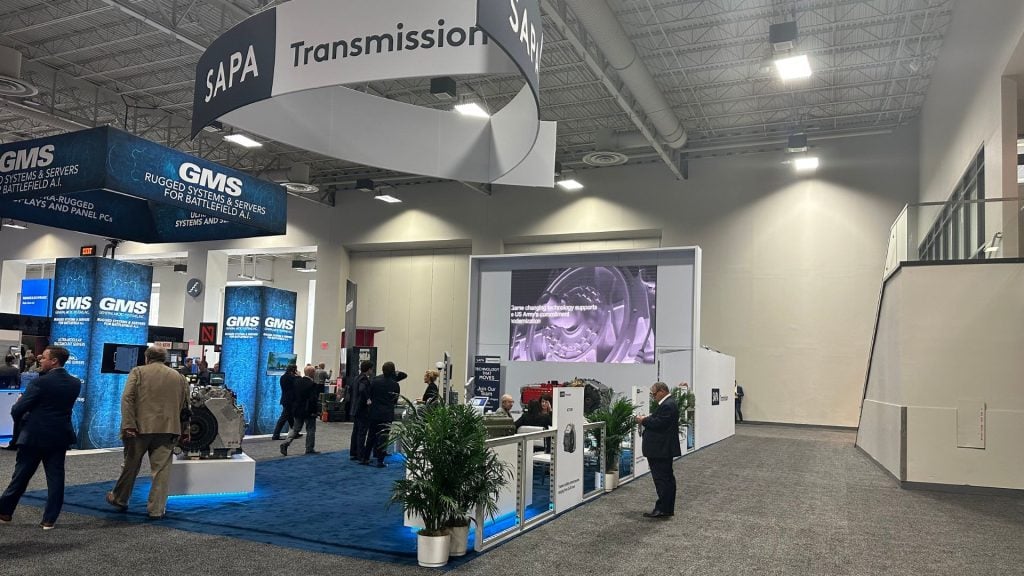
Introduction
In the fast-paced world of trade shows, last-minute changes can be the norm rather than the exception. Whether it’s a sudden design change, unforeseen logistical issues, or late-breaking exhibitor requests, these unexpected shifts can create stress and uncertainty. But with the right strategies in place, you can manage these challenges and still deliver a seamless trade show experience. Here’s how to tackle last-minute changes while keeping your exhibit running smoothly.
1. Embrace Flexibility from the Start
Planning for flexibility should be at the core of your trade show strategy. Building adaptability into your processes can make all the difference when last-minute changes arise.
- Modular Exhibit Design: One of the best ways to manage last-minute adjustments is to invest in a modular exhibit. These flexible structures allow for easy modifications, whether it’s adding new branding, rearranging layout elements, or expanding the booth space to accommodate more visitors.
- Backup Plans: Always have contingency plans in place for potential issues, such as supply chain disruptions, shipping delays, or technology failures. Knowing how to pivot quickly gives you the confidence to address any unexpected issues head-on.
2. Effective Communication is Key
When changes occur at the eleventh hour, clear and consistent communication becomes more critical than ever. Keeping everyone informed ensures that your team, exhibitors, and event organizers can adapt quickly.
- Real-Time Updates: Use communication tools like team messaging apps or project management software to keep everyone updated on any changes. Clear instructions help reduce confusion and keep the process on track.
- Centralized Decision-Making: Ensure there’s a single point of contact for decision-making. Whether it’s a designated project manager or a key client contact, having a clear chain of command ensures decisions are made swiftly and implemented efficiently.
3. Prioritize the Most Impactful Changes
When faced with multiple last-minute changes, it’s important to prioritize. Focus on the changes that will have the greatest impact on the overall success of the exhibit and visitor experience.
- Assess Urgency: Not all changes are created equal. Identify which changes will significantly affect the booth’s functionality, attendee engagement, or branding and tackle those first.
- Maximize Resources: Align your team’s resources to address the most critical tasks, ensuring that essential aspects like technology setup, key branding elements, or product showcases are prioritized.
4. Leverage Your Partnerships
Your vendors, contractors, and exhibit partners play a crucial role in helping you manage last-minute changes. A strong relationship with trusted partners can make all the difference when time is of the essence.
- Vendor Flexibility: Work with vendors who are known for their agility and responsiveness. These partners will be more likely to accommodate last-minute requests, whether it’s adding extra materials or providing alternative solutions on short notice.
- Expert Consultation: If a major issue arises, lean on your exhibit partners’ expertise. They’ve likely dealt with similar challenges before and can offer practical, time-saving solutions.
5. Stay Calm Under Pressure
The high-stress nature of trade shows means that last-minute changes can create panic. But staying calm under pressure can help you and your team think clearly and find effective solutions quickly.
- Focus on Solutions: Instead of getting caught up in the problem, immediately shift your focus to finding solutions. Empower your team to brainstorm quick fixes and alternate approaches to ensure that disruptions don’t derail the entire event.
- Delegate Smartly: Avoid bottlenecks by delegating tasks to capable team members. Clear delegation helps speed up decision-making and ensures that no one is overwhelmed by handling everything at once.
6. Utilize Technology for Instant Adjustments
Technology can be your best friend when it comes to managing last-minute changes at trade shows. Leveraging tech tools can streamline the process and keep everything running smoothly.
- Digital Signage: If branding or messaging needs to be updated at the last minute, digital signage allows for instant updates. You can change graphics or display new information without having to physically swap out printed materials.
- Real-Time Inventory Management: Using inventory management software can help you track your booth materials and make quick adjustments to booth setup, ensuring you’re always aware of what’s on hand and what needs to be adjusted.
7. Anticipate Common Last-Minute Issues
Many last-minute challenges at trade shows are predictable. By identifying potential problems ahead of time, you can create contingency plans that allow you to respond quickly and efficiently.
- Shipping Delays: One of the most common last-minute issues is shipping delays. Build extra time into your shipping schedule, or consider using expedited shipping for key materials to avoid panic.
- Technology Failures: Always have backups for key technological elements, such as projectors, video screens, or Wi-Fi solutions. Tech failures can happen at the worst times, and having a plan B ensures your booth stays fully operational.
8. Ensure a Smooth Attendee Experience
Despite last-minute changes behind the scenes, your goal is to maintain a seamless and engaging experience for attendees. By focusing on the attendee journey, you can ensure that any disruptions remain invisible to visitors.
- Maintain Engagement: If certain booth features are delayed or unavailable, find creative ways to engage attendees. Whether it’s through interactive demos, giveaways, or staff-led tours, maintaining a high level of engagement keeps the momentum going.
- On-Site Problem Solving: Have a designated on-site troubleshooter to handle any unexpected attendee concerns or exhibit issues. A quick response can turn a potentially negative experience into a positive one for your visitors.
9. Debrief and Learn for Future Events
Once the trade show is over, conduct a thorough debriefing to identify what worked and where improvements can be made for the next event. This reflection will help you improve your ability to manage last-minute changes in the future.
- Evaluate Performance: Review how your team handled last-minute changes, and consider ways to refine your processes. Did communication flow smoothly? Were contingency plans effective? How can you be better prepared next time?
- Build Resilience: Every trade show is a learning opportunity. Take the lessons from each event to build greater resilience and adaptability for future shows.
Conclusion: Adapting with Confidence
Managing last-minute changes at trade shows is inevitable, but with the right strategies and mindset, you can turn potential challenges into opportunities. By staying flexible, maintaining clear communication, and focusing on practical solutions, your team can navigate even the most unexpected changes with ease and confidence. This approach by XS Worldwide ensures a smooth and successful trade show experience that leaves a lasting impression on attendees and clients alike.


 Global
Global Europe
Europe

